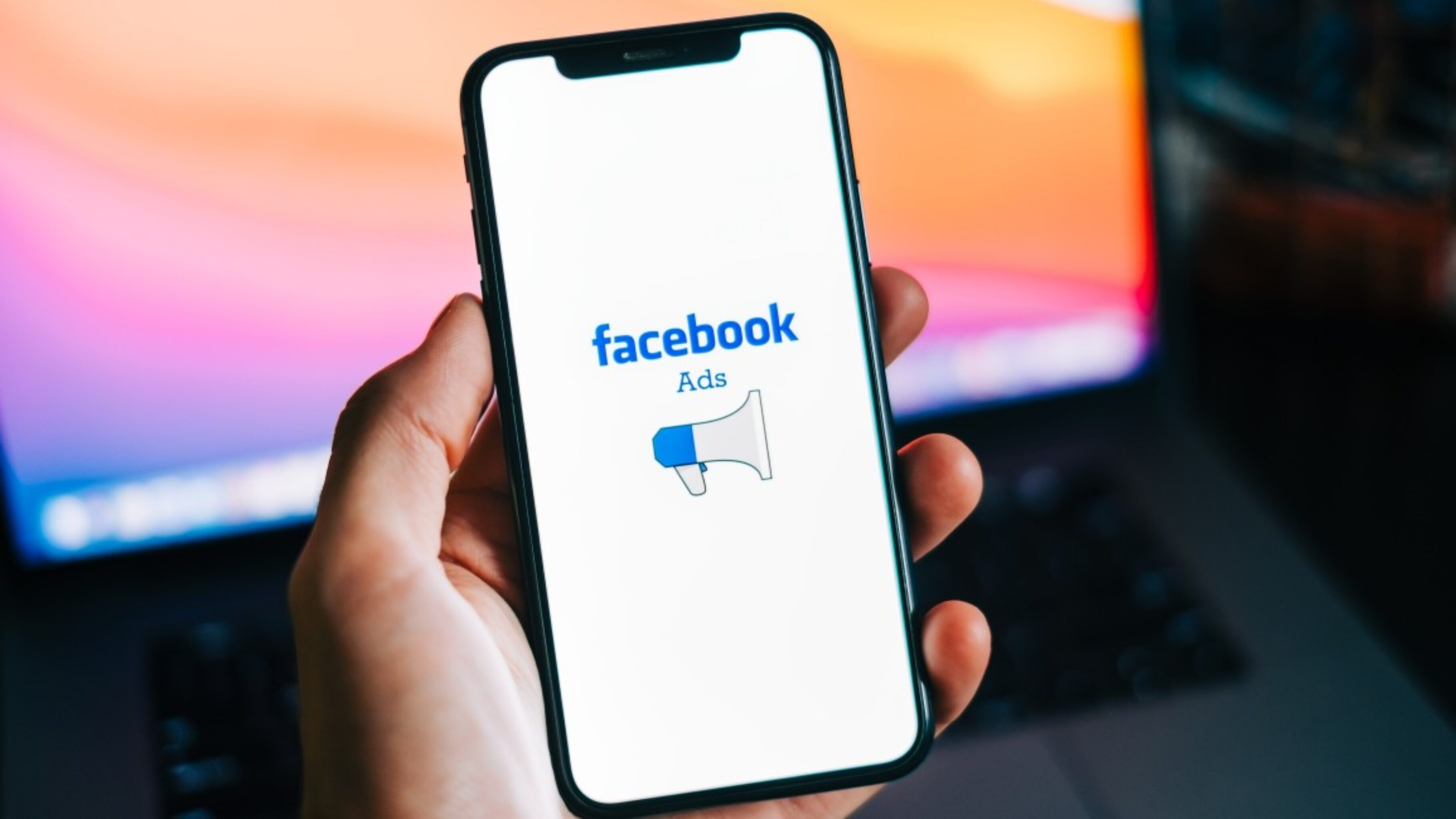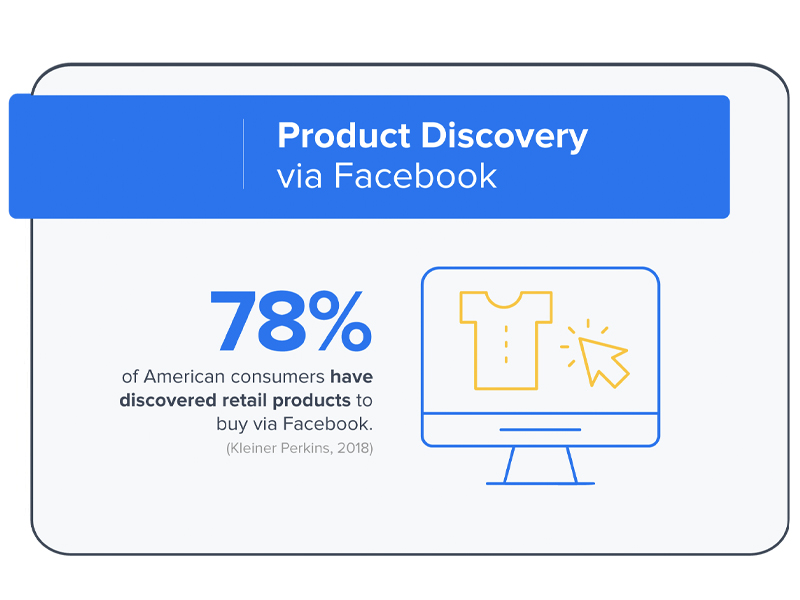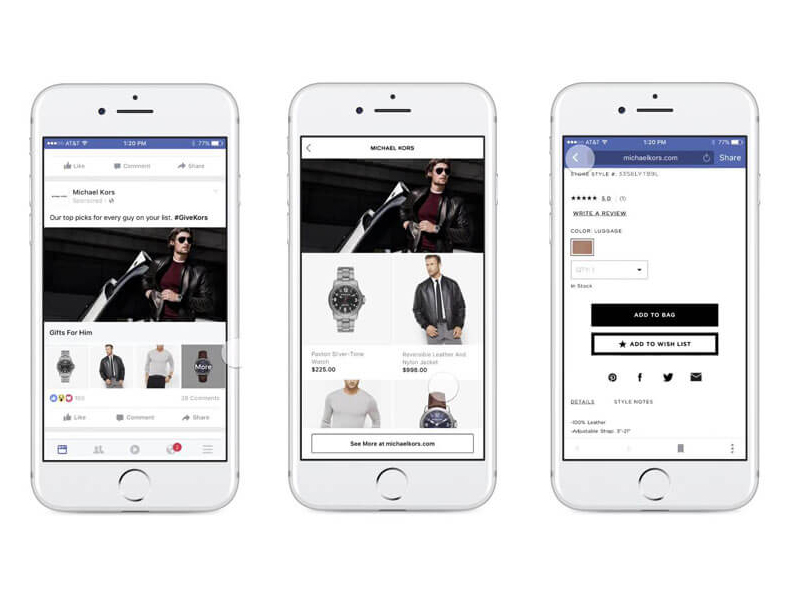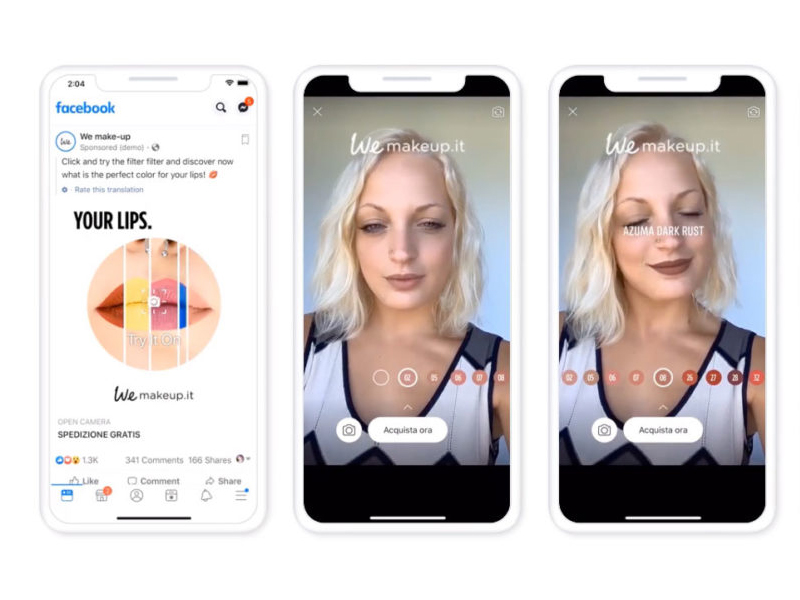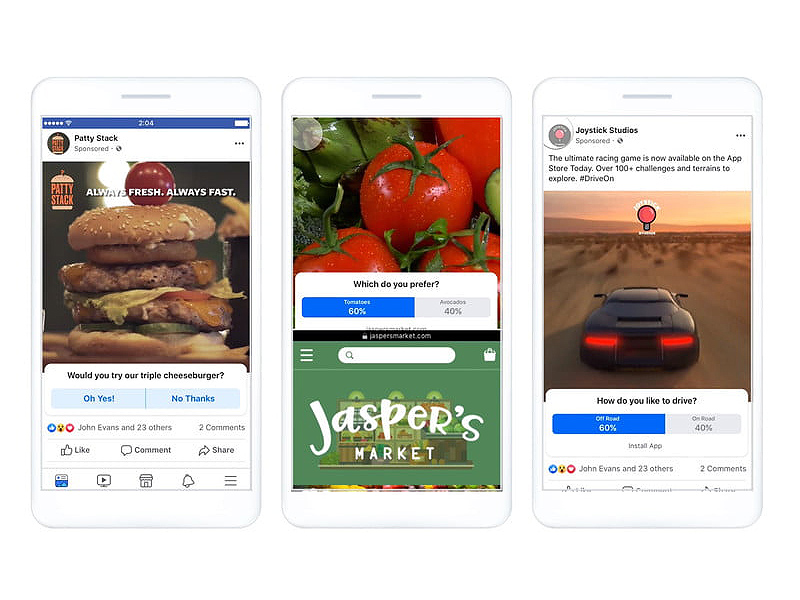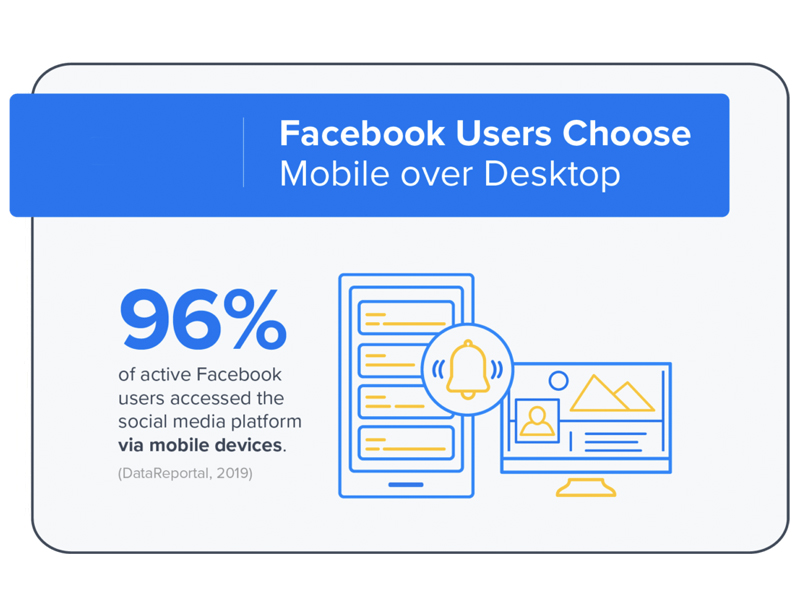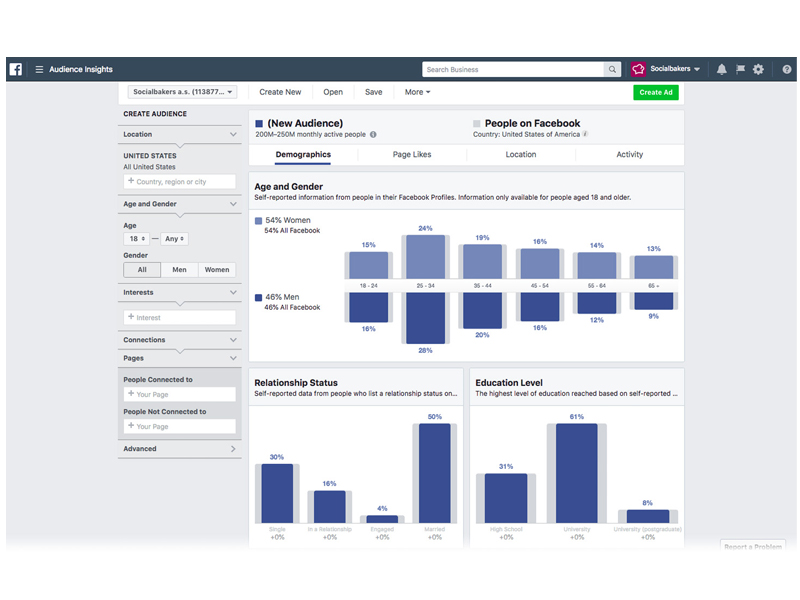With Facebook, still the king of social media, with over 2.45 billion monthly active users and 80 million registered businesses, there is no doubt that brands have a huge opportunity to connect with their audience there. However, with so many active monthly users, marketers have to be on the lookout for attracting customers early on in their purchasing journey.
So, how are eCommerce and retail brands using Facebook ads to achieve their goals and keep up with the ever-changing tech industry?
Facebook versus Google
According to some statistics, 78% of consumers have discovered retail products through Facebook. The platforms’ biggest advertising competitor at the moment is Google Ads, but both of those platforms are quite different in the way they reach their target market. Google Ads uses the demand fulfilment model versus Facebook ads use the demand generation model. So why do so many eCommerce and retail brands choose Facebook ads?
Facebook ads are built upon a demand generation model that enables marketers to easily target potential customers based on a variety of their attributes: age, gender, interests, career, location, education, income levels, hobbies as well as other characteristics. Also because of the large amount of data that Facebook has aggregated over the years from the millions of users logging on every month, many online businesses start experiencing results with as little a budget as $1 per day.
The placement of Facebook ads is also another advantage as to why eCommerce and retail brands might choose them over Google Ads. Facebook Ads can be placed directly into your customers’ news feed, meaning that it is more likely that the user might click into the ad. Those ads generally tend to have a higher CTR, meaning it is more likely that these brands will achieve their KPIs: website traffic, sales, email marketing sign-up, subscription and many others.
Frequently changing
The term “pay-to-play” has recently become associated with Facebook Ads, the reason for this? Organic customer acquisition is no longer the thing to do. Interestingly, 67% of marketers now consider Facebook to be the most effective social media platform they use for advertising purposes. After all, we as consumers spend an approximate 58 minutes per day on Facebook. And with the billions of people logging-in every month, no wonder that eCommerce and retail brands can hook us on at the beginning of our purchase journey.
We have dealt deeper into this matter and discovered four significant new features Facebook has launched for their ads:
High-converting collection ads
This is definitely a mouth-full, but this new format is very impressive and widely used by marketers already. Collection ads are a mobile-friendly experience that enables a brand to choose a focal image or video for their ad while showing a selection of product images underneath it. Retailers like Sephora report an impressive increase up to 41% in their CTR, and a 32% higher ROI, using just the collection ads.
Augmented reality (AR)
Another beauty retailer called WeMakeUp was one of the first brands to test-out AR ads on Facebook. The retailer noted an incredible 27.6% increase in sales. Augmented reality technology enables the customer to, for example, try on a shade of lipstick using their camera or try on clothes. This newly launched technology is an excellent way for brands to introduce potential customers to their product, without having to send them out samples. This eliminates shipping and delivery costs for companies at the initial purchasing process.
Video poll ads
The format was tested for the first time on Instagram stories. The engagement and revenue coming from the ads were so high that Facebook quickly developed the technology to be available everywhere. A direct quote taken from Facebook says “in 5 out of 9 brand lift studies, we observed poll ads increased brand awareness compared to video ads.” Video poll ads allow eCommerce and retail brands to use media excitingly and interactively. Some examples:
- Ask your customers their opinion about your products
- Collect feedback and generate customer data for future product development
- Engage directly with your audience on what topics/products they would like to see next
- Create an identity for your brand and build a relationship with your customers
Mobile studio
Forget about desktop ads on Facebook; make sure you stay mobile optimized. According to an interesting statistic, 93% of Facebook’s ads revenue comes from mobile. Facebook is also investing a lot of resources to ensure that mobile ads are continually improving and updating. For example, many eCommerce and retail brands when advertising using mobile ads, have a much shorter and descriptive ad compared to desktop. With great calls-to-action and attention-grabbing primary text.
A good ads strategy never strayed far
As a business advertising on Facebook, you need to be aware that not all your ads primary goal has to be an increase in sales. First, you need to have a strategy in place to raise brand awareness that allows you to develop a custom target market suited to your brand. Here are some useful tips for a successful brand awareness campaign:
Call-to-actions to reach your KPIs
When creating a brand awareness ad on Facebook, brands need to determine what your KPIs are? It can be as simple as generating website traffic, customer engagement or increasing the subscribers to your email marketing campaigns. It is all about creating a lower and more effective CPC and getting your brand name out there!
Research, research, research and oh did we mention research
Facebook Insights are a great tool that marketers should use when building their customer profiles. This data is available to you from day one, based on the different types of interests your potential customers follow on Facebook. When developing your buyer personas, you need to start with the basics, like age, gender and general demographic factors influencing your customers’ life. Once you can create a customer profile that represents the lifestyle of your target market, it’s time to create engaging brand awareness campaigns that will resonate and communicate with them on a personal level.
Never over sell
Everyone hates having their Facebook newsfeed taken-over by annoying ads. With so much noise, your brand needs to come up with a smart strategy to stand out from the crowd. One of the best examples is the famous sports brand Under Armour’s ad featuring Michael Phelps. After its release, at the 2016 Summer Olympics, it became one of the most shared ads ever on social media. Besides having Michael Phelps in it, another thing resonated the most: the ad did not feature a single product shot. The strategy was to establish an emotional connection with the audience. As simple as that but equally effective.
Apart from developing a strong Facebook ads strategy, and keeping up with the ever-changing platform updates, eCommerce and retail brands need to remain responsible to users, with regards to privacy concerns, GDPR and the use of personal data. With 2020 off to a good start, let’s see what Facebook has in store for the rest of the year.
––
Aleksandra Michniewicz specializes in content for a variety of industries like tech, lifestyle, fashion and finance.
